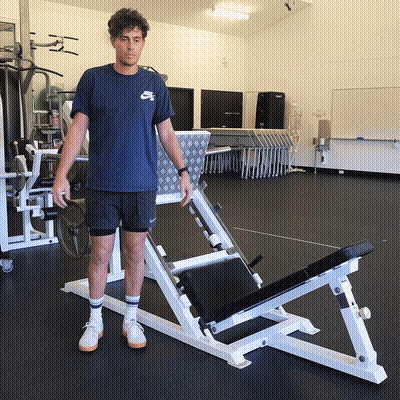genAI - archViz
Just using the IFC CAD model, I was able to place some people and camers into the 3d scene and quickly render out a depth and line pass, while foregoing the need to add lighting, materials, shaders and post-processing.
This was then fed into a controlnet with text prompts to output the final renders. Tthe images speak for themselves, while not perfect, they communicate the exterior site effectively enough without too much uncanny valley.
Observations:
- It’s still difficult to control material finishes without a lot fo masking and manual prompting. Next time I’ll rendering out an object mask and see if I can control this and aim for more consistancy with finishes
-
All rendering was done in a day, compared to roughly a week of work doing it manually/”the old fashioned way”
note: the artwork still needed to be rendered using a rendering/lighting system (fstorm) as surface finish and position was important to get precise





AI mocap / Edutech AR
Stats
- 1.2 GB BIM model (19 embedded working files)
- 700k objects condenced down into 75 meshes with material data
- 32 million polys down to 4 million (unfortunately the fire service piping didn’t make the import due to too much detail)
- All processed on a laptop with 32GB of RAM (unheard of 5 years a


genAI ArchViz
While there are still some caveats, the minimal time spent and the results are fantastic! These examples took between 5-15 minutes each, once I was happy with my prompts and checkpoint models. No inpainting.
In the future, rendering will be as much a process of combining 3D models, prompt refinement, and materiality, then simply pressing a button.
Have I wasted the last 15 years learning material shaders, lighting systems, and offline rendering?
More tests to come...





